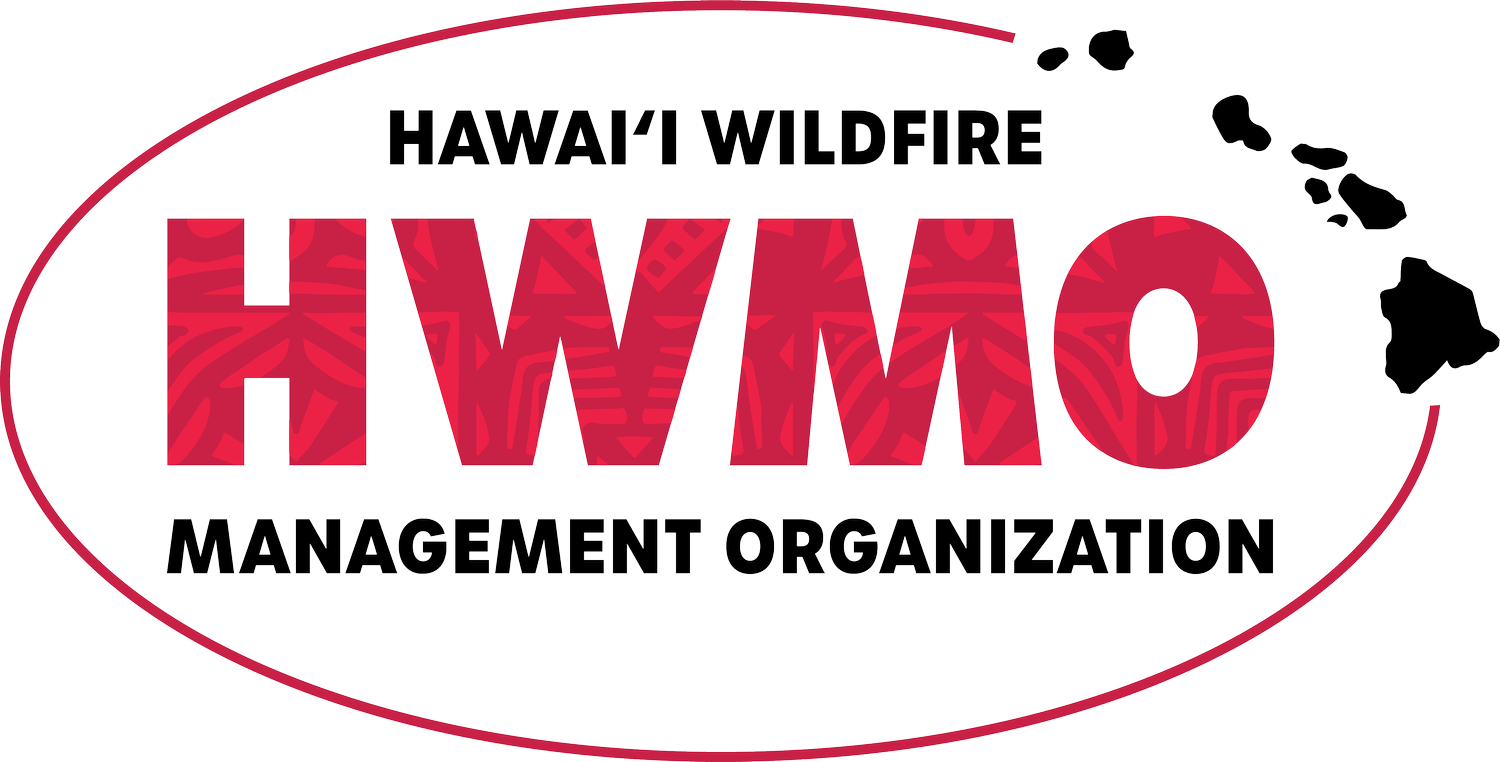How to Read the Mind of a Forest Fire
Very interesting article summarizing the history of fire science in the U.S. and the cool tools today's fire scientists use to predict fire behavior.
From the Source:
"In a stand of ponderosa pine trees high in the Santa Catalina Mountains overlooking Tucson, Arizona, forest-and-fire ecologist Don Falk squatted with me next to a 100-foot-tall tree born a decade or two before American independence. At the base of the trunk, the tree's thick cinnamon-colored bark gave way to a shallow opening a foot wide and two feet high that looked like a series of successively smaller triangles. Falk ran his hand along the charred edges of the opening and explained what we were looking at: a window into the forest's past, and fire's role in shaping it.
Falk studies fire-scarred trees to understand how frequent, severe, and widespread fires have been in an area, and how those patterns have shifted over the centuries--which is also a key to understanding why some fires are bigger, more unpredictable, and more destructive these days, 'How do you know anything on Earth has changed?' he asks. 'You have to be able to compare it to how things were in the past. This is how we know the history.'"
"'What's being released in a fire is the accumulated capital stored up through years of photosynthesis,' Falk says.
You're not destroying the carbon, hydrogen, or oxygen molecules. They're just being liberated.' And on a tremendous scale: even a relatively small fire of a couple hundred acres can pump out energy equivalent to the atomic bomb dropped on Hiroshima, and can push a mushroom cloud of hot air, ash, and soot miles into the sky."
"While Falk studies fires to better understand how they have changed over the years and altered the landscape, wildland firefighters study fire as soldiers might analyze enemy capabilities. They catalog mental snapshots of fire behavior they have encountered: how the flames ripped through a grassy canyon or hopped off the ground and leaped into the treetops; the strange calm before a sudden wind shift; the fire tornados that can spin flame in new directions. Early on, a rookie matches these images with what he's learned in training or heard from the veterans."
"'“We are living in a time that is unprecedented, with the extremes we're seeing in temperatures, precipitation, and winds, and with that, the effects are unpredictable,' Bahr says. 'If you don't have that in your slide tray, you aren't going to believe it.'"
"The presence of human structures means that forests and shrublands aren't allowed to burn the way they once did. It’s a problem that keeps getting worse. Because the federal government pays most of the tab for firefighting, local governments don't have as much incentive to regulate development in the most fire-prone areas. Some insurers charge higher premiums if homeowners don't mitigate fire dangers, and more communities are adopting building codes that require landscaping and construction materials that can better withstand wildfire and not carry flames through a neighborhood.
But most community-protection programs are voluntary, with progress outpaced by influx into the wildland-urban interface, and more homes at risk means more firefighters at risk."























